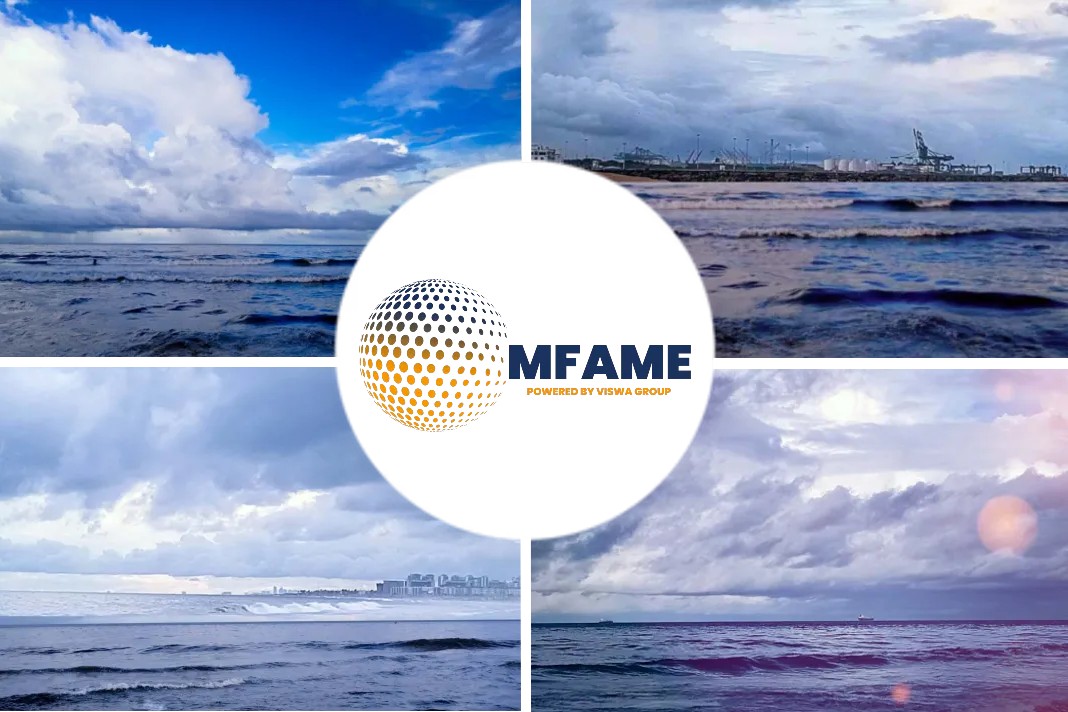- Container Shipping is in oversupply since 2008 and has an operating margin of 3-4%.
- Shipping rates are no longer below the cost capital as the customer-pay system takes charge to compensate for the decade of loss.
- The rates will be quite high as they target the 10% benchmark operating margin.
- Trans-Pacific rates are at $2,298 per teu.
- Situation is going to be worse as the ocean carrier options decline, earlier it was 20 now it’s 8.
The equation of ocean shipping rates is up for a major haul as container lines are going for a customer pay system as the cost of shipping increases due to the approaching sulphur cap regulation. The former equation of ocean shipping rates being below the cost of capital is up for a change, writes Michael Angell in Freight Waves.
Time for Change
The container ship industry may finally end a lost decade of investment returns as demand accelerates and ocean carriers keep a lid on supply, according to one market expert.
Bill Rooney, vice president of strategic development at Kuehne + Nagel (SIX: KNIN), shared that view at 18th annual Port Industry day sponsored by the Port of New York-New Jersey. He says ocean shippers have, in effect, been subsidized by government support of unprofitable shipping companies. But shippers may soon face a reckoning on rates as the support ends and carriers demand higher returns.
The Operating Margin
Rooney, who was with Hanjin Shipping prior to its 2016 bankruptcy, says the containership industry has been in a state of oversupply since the financial crisis of 2008. With the exception of 2010, operating profit margins have averaged between 3% and 4% over that period.
But the benchmark is an operating margin of 10%, which is closer to the industry’s capital cost, Rooney says. The spread between what liner operators earned and what it cost them to deploy ships accrued to the customers who received a service at a rate below what it cost to provide, he added.
Returns in the past decade
Over the last decade, shippers benefitted from “at least $10 billion in rates that are lower than they would be if owners of these assets pushed for and attained rates closer to their cost of capital,” Rooney said.
He says that getting closer to a 10% rate of return would containership rates “are going to be a lot higher.”
“It’s going to be a significant change in rate levels,” Rooney said. “If they are more successful like in trans-Pacific where spot rates doubled, that’s what could happen elsewhere if carriers dig their heels in and insist on a rate of return closer to 10%.”
Trans-Pacific rates last reached $2,298 per twenty foot equivalent unit (teu), according to the Freightos index, available on SONAR under ticker FBX.CNAW.
TRANS-PACIFIC RATES TO THE U.S. WEST COAST HAVE RISEN AMID TIGHT VESSEL SUPPLY AND GOOD DEMAND.
The Changes So far
Ocean carriers appear more discipline this year in adding capacity. Container analytics firm PR News Service says the Asia-to-U.S. West Coast trade lane, the busiest in the world, saw total containership capacity grow less than 1% through September, with capacity actually dropping in the third quarter.
Starting in August, ocean carriers cut back the number of port calls, as well as use smaller ships in some trades “in an effort to curb the upward capacity trend,” said PR News Service executive director Paul Richardson. He says it’s the first time he remembers that capacity has actually fallen in what is usually peak seasonal demand.
“The container lines usually have added capacity through the third quarter,” Richardson said. “It certainly has not gone the other way.”
Along with capacity cuts, rates are firmer amid a stronger global economy and demand for imported goods. Maritime researcher Alphaliner estimates the global container trade will rise 4.7% this year with another 4.4% gain expected in 2019.
Reaching the Demand-Supply Balance
The demand growth will meet slowing supply growth with fewer new ships being delivered into world fleets. Net of ship demolitions and new ship deliveries, the world containership fleet is expected to grow 3% in 2019 and 2020, according to brokerage Banchero Costa.
There appears to be less appetite for ordering new ships. Maersk’s (Nasdag Copenhagen: MAER.B) chief executive Soren Skou said on the company’s last earnings conference call that the company will not “order any new ships for the next minimum 12 months, and we would keep our capacity constant with a downward trajectory short term.”
The industry was largely able to absorb the low rates thanks to government support for shipping lines, particularly in Asia where shipping supports export-related industries. But Rooney says the example of Hanjin Shipping dissolving after losing the support of the Korean government may embolden governments to rethink support of other money losing lines.
The Tipping Point
“It wasn’t that long ago we had 20 choices for ocean carriers, now we have eight,” Rooney said. “If Taiwan gets tired of losing $500 million per year by being the controlling party around Yang Ming or if Korea gets tired of supporting Hyundai Merchant Marine, then there could be less.”
“I think we are close to a tipping point,” Rooney said. “I think we are getting to a point where it is evident that many companies are tired of only making 3% to 4% on assets that cost 10%.”
Did you subscribe for our daily newsletter?
It’s Free! Click here to Subscribe!
Source: Freight Waves

















